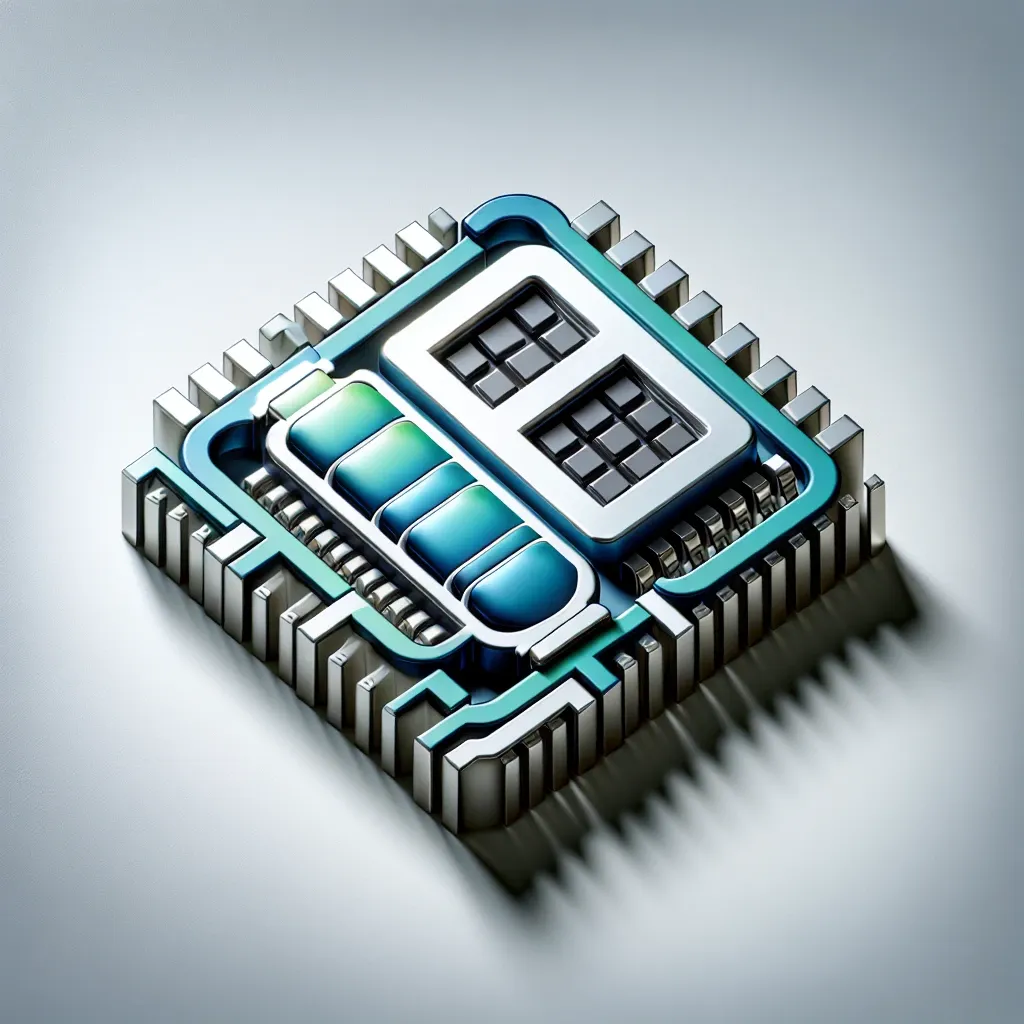Introduction
The evolution of portable devices has been heavily influenced by advancements in battery technology. One of the significant breakthroughs in this arena is the integration of dual Hitachi chips, which has redefined how we think about battery efficiency. This article delves into how these chips have revolutionized battery use, offering insights into their historical context, performance advantages, and future implications.
The Historical Context of Battery Technology
To understand the impact of dual Hitachi chips, it’s essential to look back at the history of battery technology. The early days of portable devices were marked by bulky batteries that offered limited life spans. As technology progressed, manufacturers sought ways to enhance battery life and efficiency. The introduction of lithium-ion batteries was a game changer, but as device complexity increased, so did the demand for smarter power management solutions.
The Role of Chip Technology
Chips play a critical role in managing power consumption in devices. The smarter the chip, the more effective it is at managing power usage. Dual Hitachi chips emerged as a solution that not only optimized battery usage but also improved the overall performance of portable devices. These chips allow for better resource allocation, enabling devices to run smoothly while consuming less power.
How Dual Hitachi Chips Improve Battery Use
1. Enhanced Power Management
With dual Hitachi chips, the management of power consumption becomes significantly more efficient. These chips intelligently regulate the energy flow to various components of the device, ensuring that power is used where it is most needed. This leads to substantial improvements in battery life, allowing users to enjoy longer usage times without frequent recharges.
2. Parallel Processing
The dual-chip architecture facilitates parallel processing, which allows the device to perform multiple tasks simultaneously without straining the battery. For instance, while one chip manages the screen and interface, the other can handle background processes. This division of labor minimizes energy consumption and maximizes efficiency.
3. Adaptive Performance
Another significant advantage of dual Hitachi chips is their ability to adapt performance based on usage patterns. They can analyze user behavior and adjust power settings accordingly. For example, if a device is idle, the chips can reduce power to non-essential functions, thereby conserving battery life.
Real-World Examples
Several portable devices have successfully integrated dual Hitachi chips, showcasing their impact on battery performance. For instance, the latest line of portable gaming consoles has adopted this technology, resulting in gaming sessions that last significantly longer compared to previous models. Users have reported extended playtime without the need for recharging, which enhances the overall gaming experience.
Case Study: Hitachi Chip Integration
One notable case study involved a popular smartphone brand that incorporated dual Hitachi chips into its latest model. The results were astounding, with a reported 30% increase in battery life compared to its predecessor. Users could enjoy more features and functionalities without the constant worry of running low on power.
Future Implications of Dual Hitachi Chips
Looking ahead, the role of dual Hitachi chips in portable devices is likely to expand further. As manufacturers continue to innovate, we can expect to see more efficient chips that not only improve battery life but also enhance overall device performance. The future may bring chips capable of self-learning, where they can predict user behavior and optimize power usage accordingly.
Challenges Ahead
Despite the numerous advantages, the integration of dual Hitachi chips is not without challenges. Production costs and the complexity of chip design can pose hurdles for manufacturers. However, as technology advances and economies of scale come into play, these challenges may diminish.
Conclusion
The integration of dual Hitachi chips in portable devices marks a significant milestone in battery technology. By enhancing power management, enabling parallel processing, and adapting performance to user needs, these chips have transformed how we interact with our devices. As we look to the future, it is clear that the evolution of battery technology, driven by innovations like dual Hitachi chips, will continue to shape the landscape of portable devices for years to come.
